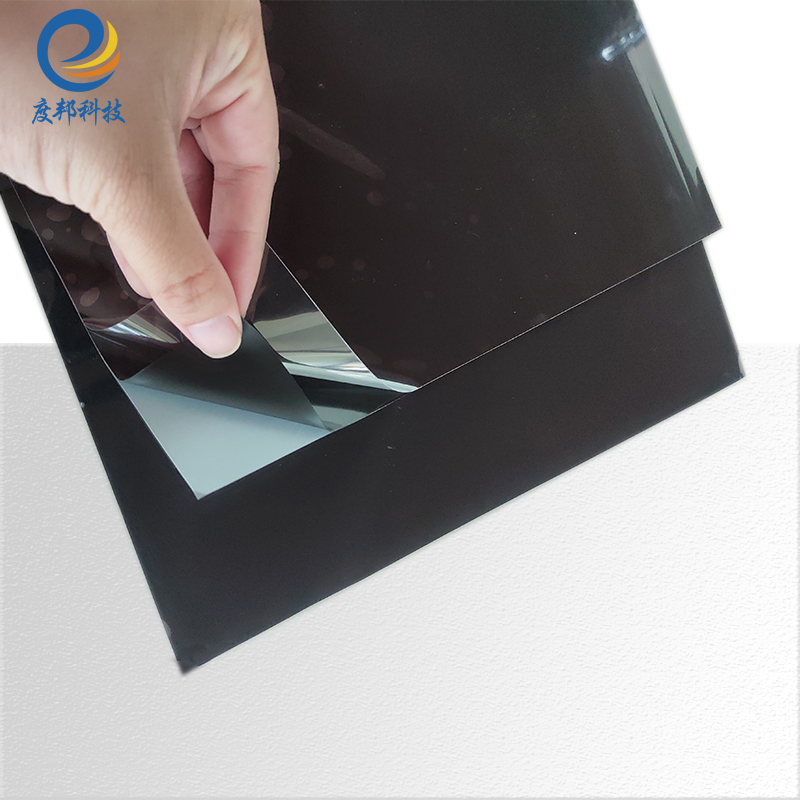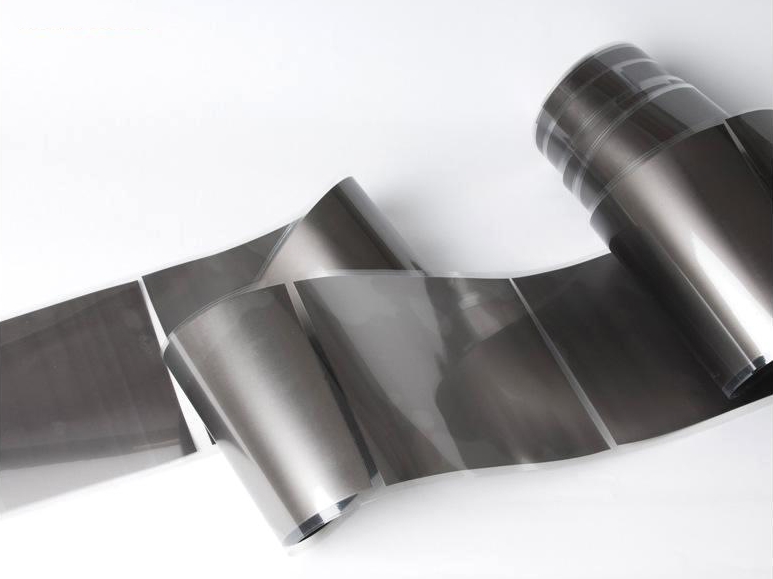Scientists theoretically proposed the existence of graphene as early as 1947, but for a long time afterwards, efforts to prepare graphene were unsuccessful. In 2004, Geim and Novoselov peeled off graphite flakes from graphite with ordinary tape, and repeated the operation, making the graphite flakes thinner and thinner, and finally obtained single-layer graphite flakes, that is, graphene. In 2010, they won the Nobel Prize in Physics for this. Andre Geim, a professor at the University of Manchester in the UK, and Konstantin Novoselov won the 2010 Nobel Prize in Physics for preparing graphene. Geim said in a news release that this is an exciting physics discovery that could be directly applied to the manufacture of electronic devices and other aspects. Novoselov said that this is a "giant leap" for graphene to move towards practical applications.
Graphene is a two-dimensional crystal composed of carbon atoms that is peeled off from graphite materials. It has only one layer of carbon atoms in thickness. It is the thinnest and hardest material to date, with super-strong electrical and thermal conductivity, and is almost completely transparent. Many people believe that graphene may replace silicon as the future electronic component material, and "show its talents" in many fields such as supercomputers, touch screens and photon sensors.
Graphene is a carbon element composed of carbon atoms arranged neatly in a hexagonal lattice structure, which is very stable. Its perfect lattice structure is often mistaken for being very rigid, but this is not the case. The connections between carbon atoms in graphene are very flexible, and when external mechanical forces are applied, the carbon atom plane bends and deforms. In this way, carbon atoms do not need to rearrange to adapt to external forces, which also ensures the stability of graphene structure, making graphene harder than diamond, while also being able to stretch like rubber. This stable lattice structure also gives graphene excellent electrical conductivity. The electrons in graphene move in orbits without scattering due to lattice defects or introducing foreign atoms. Due to its very strong interatomic forces, even at room temperature, even if the surrounding carbon atoms collide, the interference of electrons in graphene is very small.
Geim and Novoselov published a paper in the British journal Nature-Physics on July 24th saying that in order to study graphene from an electronic level, they suspended multilayer graphene in a vacuum environment, which minimized electron scattering and facilitated observation of how electrons interact with each other. The results showed that electrons behave very differently in graphene than in other metals. In graphene, electrons can move at high speeds like photons, which is tens of times faster than in silicon.





Dobon firmly believes that quality is the soul of products, and strictly abides by every standard, every process of production, and every detail of service!
 Send A Message
Send A MessageIf you are interested in our products and want to know more details,please leave a message here,we will reply you as soon as we can.